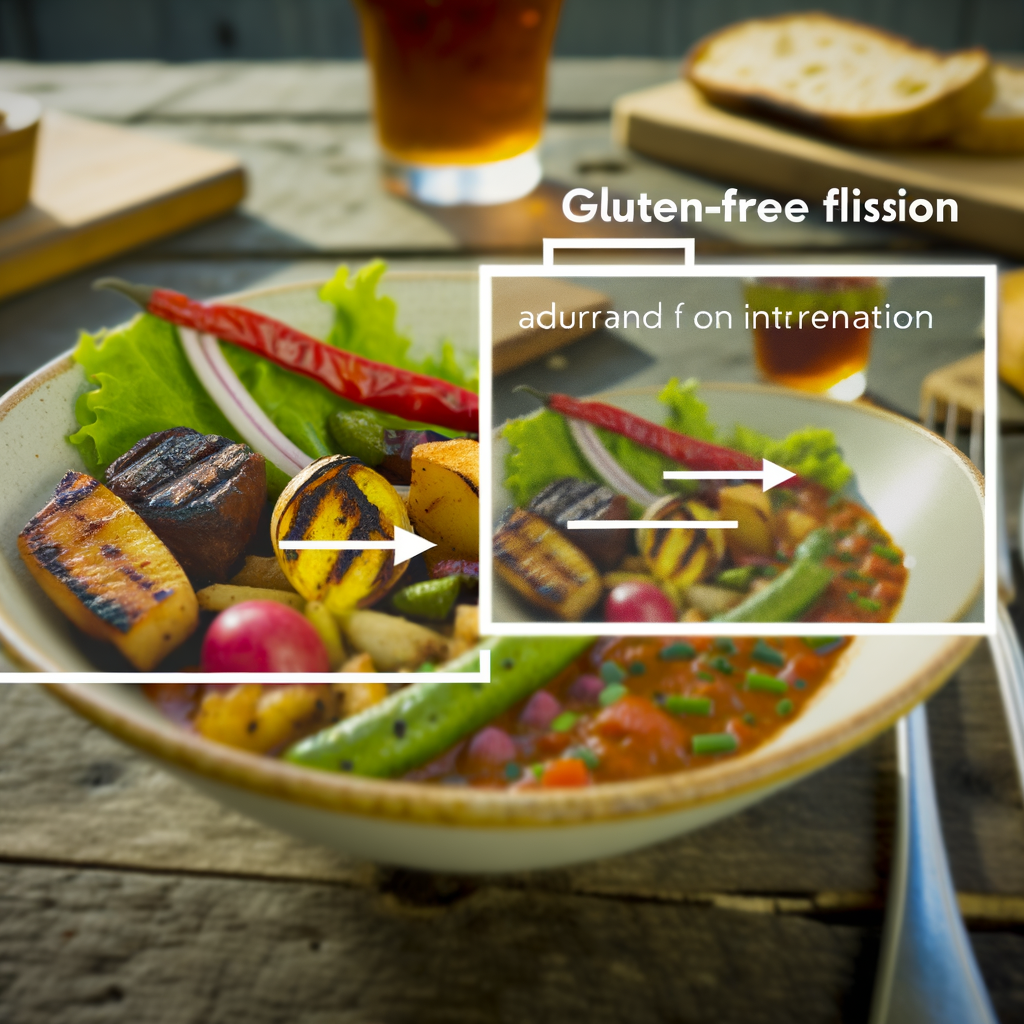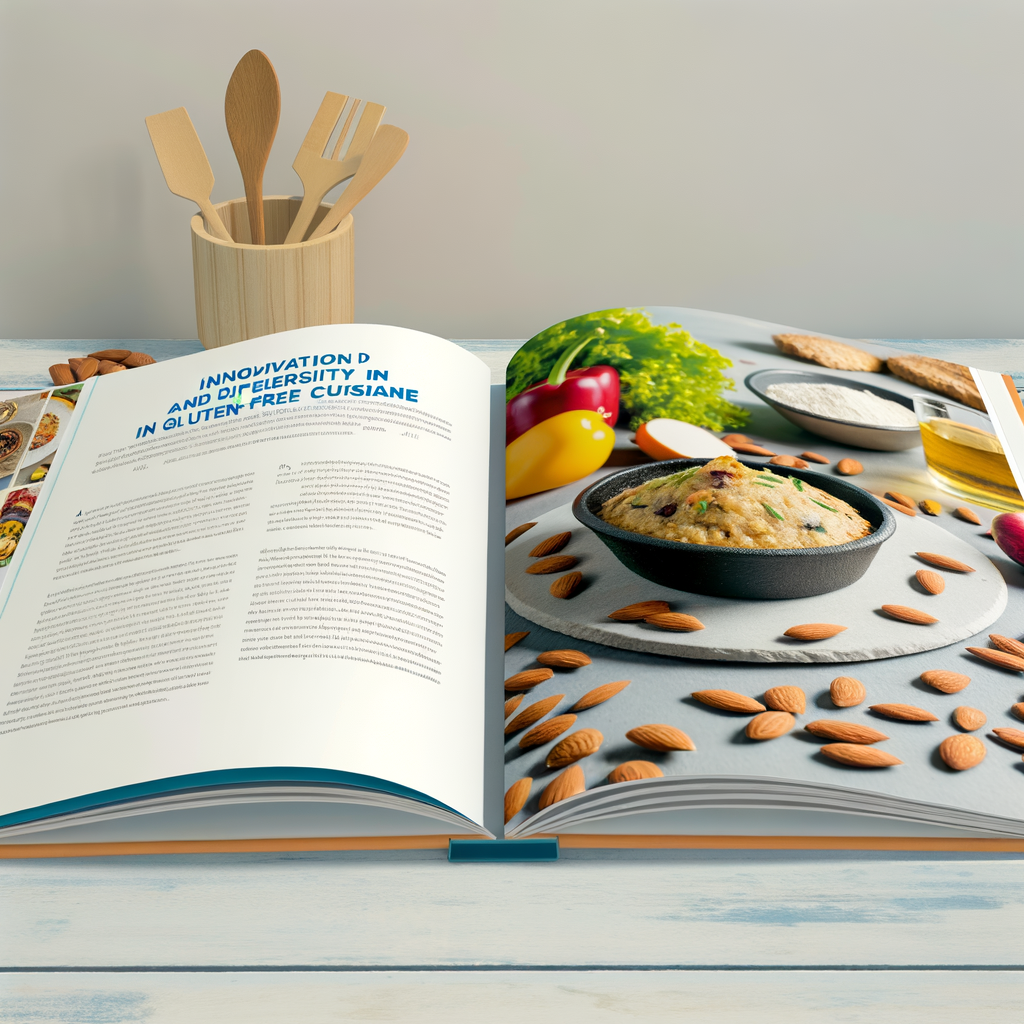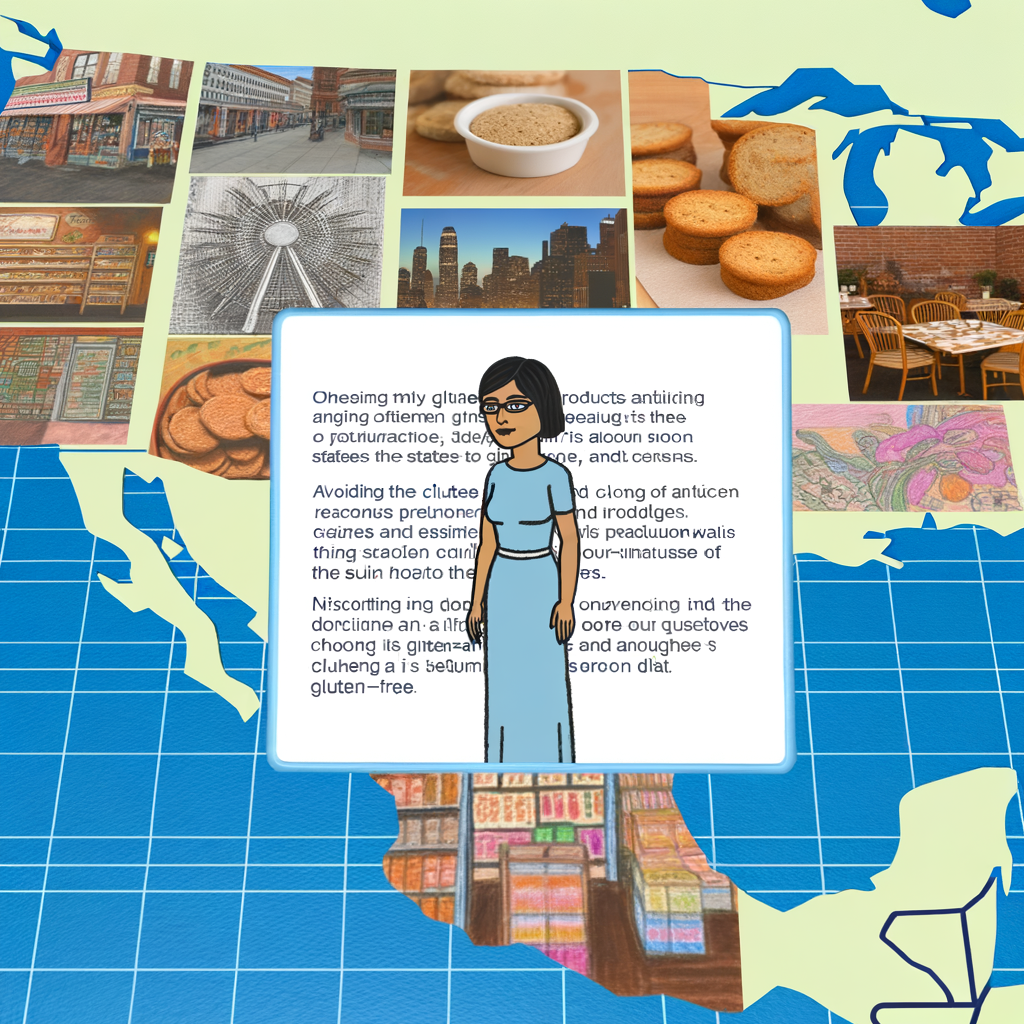Gluten-free diets have become increasingly popular in recent years, with many people opting to eliminate gluten from their meals. But what exactly is gluten and why are people so eager to avoid it? Gluten is a protein found in wheat, barley, and rye, and can cause digestive issues for some individuals. For those with celiac disease, a gluten-free diet is necessary for managing their condition. However, even for those without celiac disease, going gluten-free may have its benefits. It has been linked to improved digestion, increased energy levels, and better overall health.
As a chef, it’s important to be aware of dietary preferences, including those who choose to go gluten-free. This means being mindful of ingredients and offering alternative options for those who cannot consume gluten. Luckily, with the rise in popularity of gluten-free diets, there are now many gluten-free alternatives available, such as gluten-free flour, pasta, and bread.
But it’s not just about having gluten-free options on the menu. It’s also about understanding the importance of cross-contamination. Even a small amount of gluten can trigger a reaction in someone with celiac disease. This means having separate cooking utensils and prep areas for gluten-free meals.
Incorporating gluten-free options into your menu not only caters to those with dietary restrictions, but it also allows for a wider range of customers to enjoy your food. As a chef, it’s important to be adaptable and accommodating to all dietary preferences, including going gluten-free.





